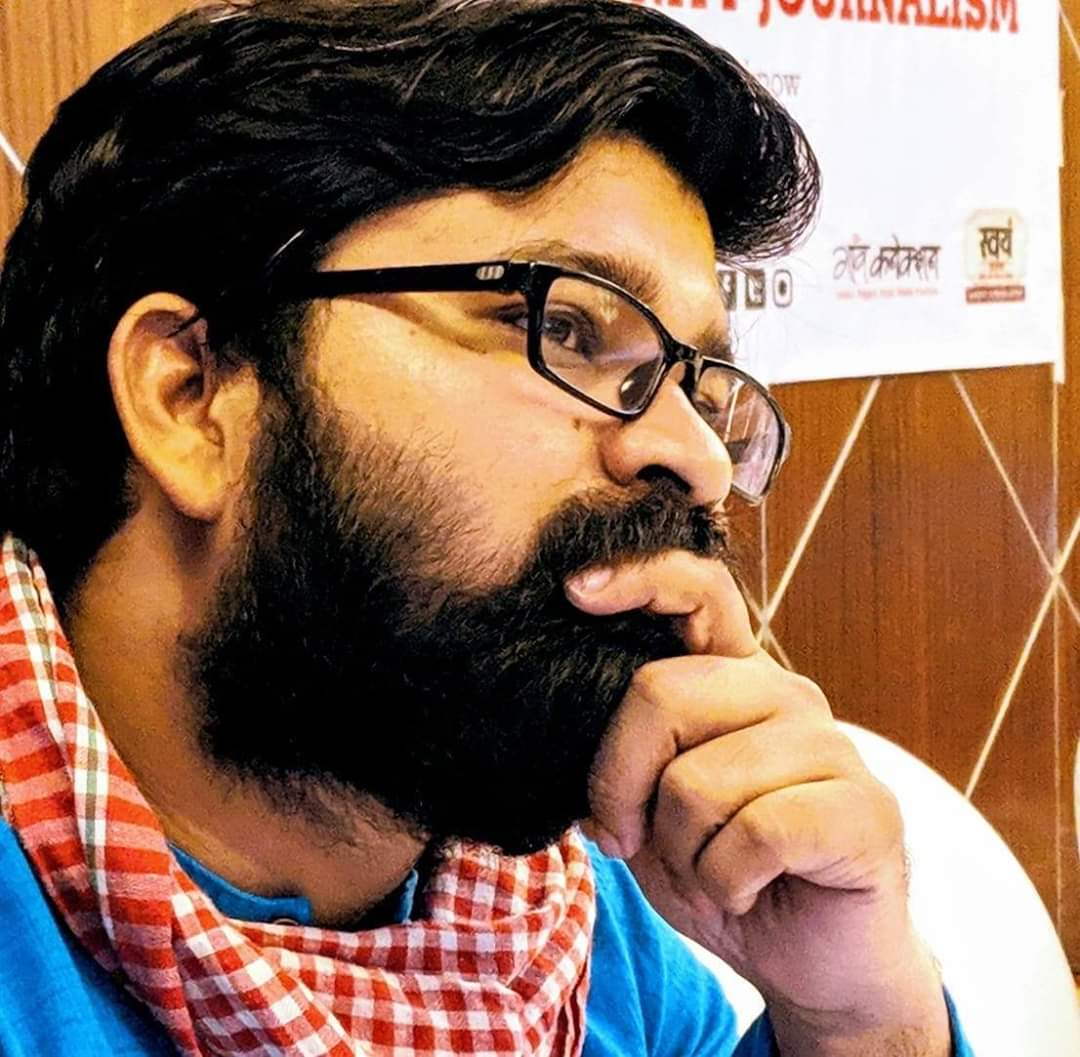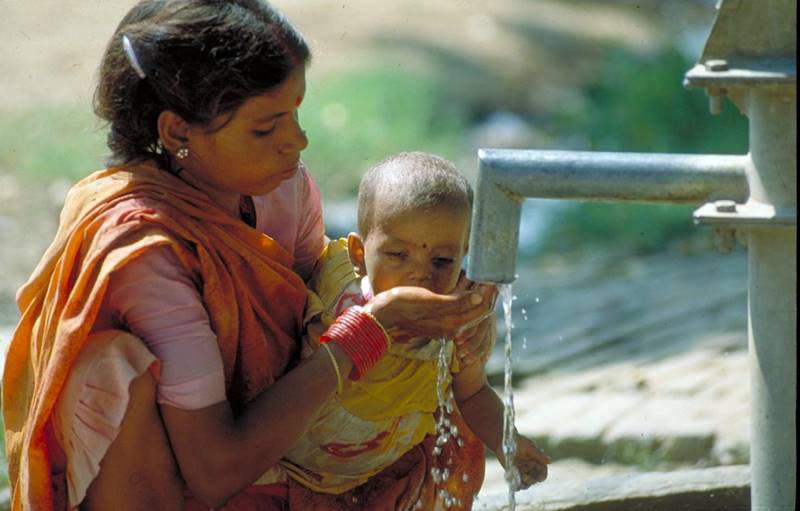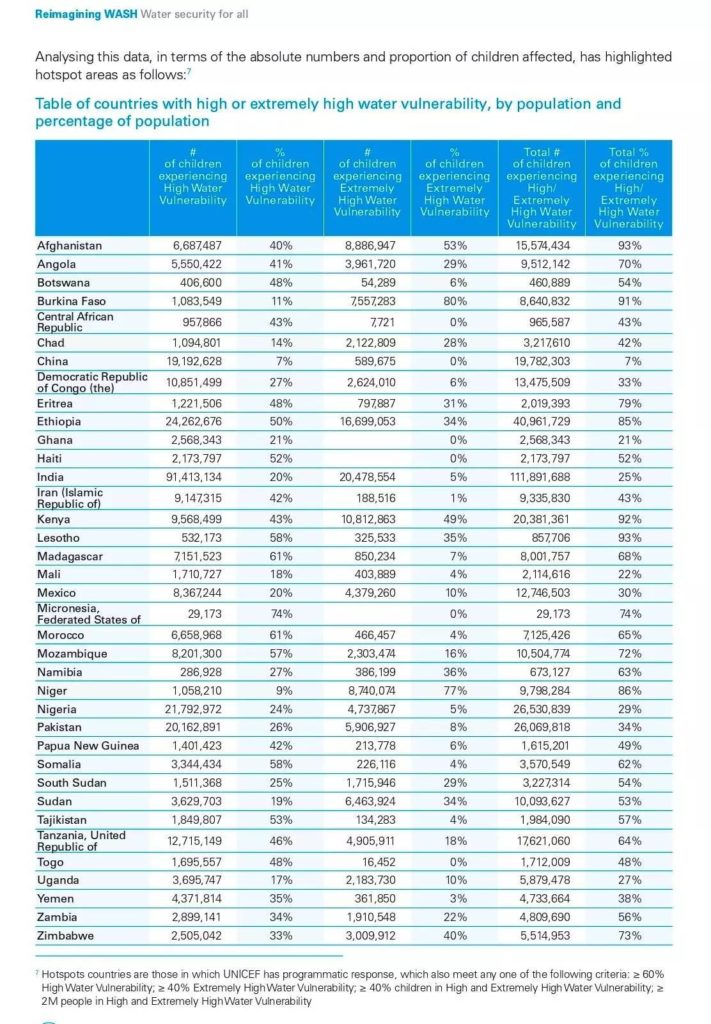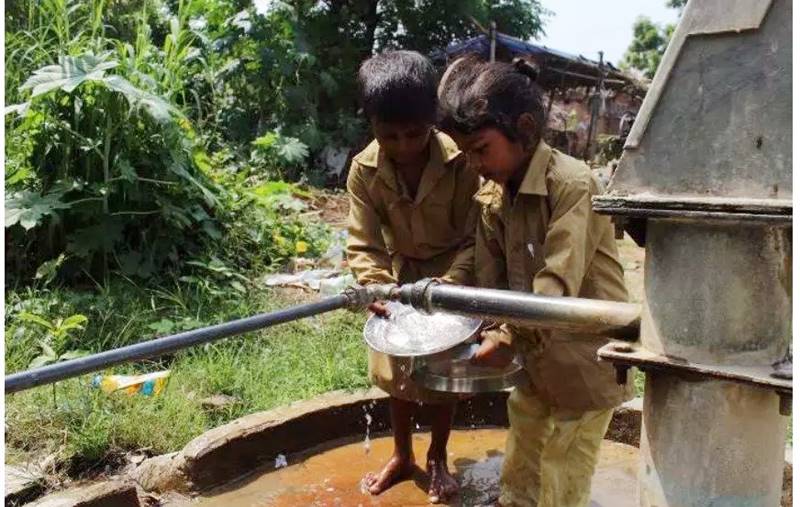90.14 million children in India living amidst severe water crisis: UNICEF
Every fifth child in the world is affected by water scarcity. Due to lack of availability of clean water, 700 children die from diarrhoea every day across the world.


According to another UNICEF report from 2017, almost one in four children globally will live in areas of extremely high water stress by 2040. Photo: UNICEF
Worldwide, 1.42 billion people live in areas with severe water crisis, of which 450 million are children. In other words, every fifth child in the world is affected by water scarcity. Due to lack of availability of clean water, 700 children die from diarrhoea every day across the world. In India, at least 90.14 million children are affected by water scarcity.
This data was revealed in a United Nations International Children’s Emergency Fund (UNICEF) report released on March 18. The report, ‘Water security for all’, is part of UNICEF’s initiative that addresses areas where physical water scarcity is coupled with poor water management.

In India, states like Rajasthan, Jharkhand, Madhya Pradesh, Uttarakhand, Maharashtra, Tamil Nadu have started experiencing water scarcity in the month of March itself and the condition is slated to deteriorate in the coming summer months.
Also Read: In election-bound West Bengal, less than 7% rural households have tap water connection
“Whenever we talk about the water crisis in a certain area, we don’t usually include the issue from the children’s perspective,” Maulik Sisodia, acting director of Tarun Bharat, a non-profit in Rajasthan, told Gaon Connection. “If there’s no water in the village, farming gets affected. Without farming, the nutritional requirements of the pregnant mothers are severely impeded. When the child is born, the mother has to walk long stretches to fetch water, all this causes grave impact on the child’s health and life in general,” he added.
Recently, Gaon Connection reported how tribal women in Madhya Pradesh’s Dindori wake up at 4 am to fetch water from the Narmada River.
Also Read: About 40% women in rural households work harder to fetch water in the COVID-19 lockdown
As per the recent UNICEF report, eastern and southern Africa had the highest proportion of children living in areas facing severe water scarcity. More than half of children (58 per cent) in these countries face difficulty in accessing sufficient water.

“The world’s water crisis is not simply coming, it is here, and climate change will only make it worse,” said UNICEF executive director Henrietta Fore. “Children are the biggest victims. When wells dry-up, children are the ones missing school to fetch water. When droughts diminish food supplies, children suffer from malnutrition and stunting. When floods hit, children fall ill from waterborne illnesses. And when water resources decline, children cannot wash their hands to fight off diseases.”
Also Read: ‘Women from poorest communities spend 2.5 months a year fetching water for their households’
“Demand for water continues to increase dramatically while resources are dwindling. In addition to rapid population growth, urbanization, water misuse and mismanagement, climate change and extreme weather events reduce available quantities of safe water, exacerbating water stress,” the UNICEF report said.
Future looks grim. According to another UNICEF report from 2017, almost one in four children globally will live in areas of extremely high water stress by 2040.

